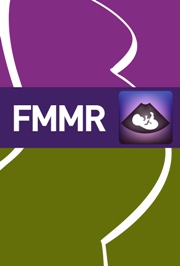Crossref Citations
This article has been cited by the following publications. This list is generated based on data provided by Crossref.
Gasse, Cédric
Boutin, Amélie
Coté, Maxime
Chaillet, Nils
Bujold, Emmanuel
and
Demers, Suzanne
2018.
First-trimester mean arterial blood pressure and the risk of preeclampsia: The Great Obstetrical Syndromes (GOS) study.
Pregnancy Hypertension,
Vol. 12,
Issue. ,
p.
178.
Gasse, Cédric
Boutin, Amélie
Demers, Suzanne
Chaillet, Nils
and
Bujold, Emmanuel
2019.
Body mass index and the risk of hypertensive disorders of pregnancy: the great obstetrical syndromes (GOS) study.
The Journal of Maternal-Fetal & Neonatal Medicine,
Vol. 32,
Issue. 7,
p.
1063.


